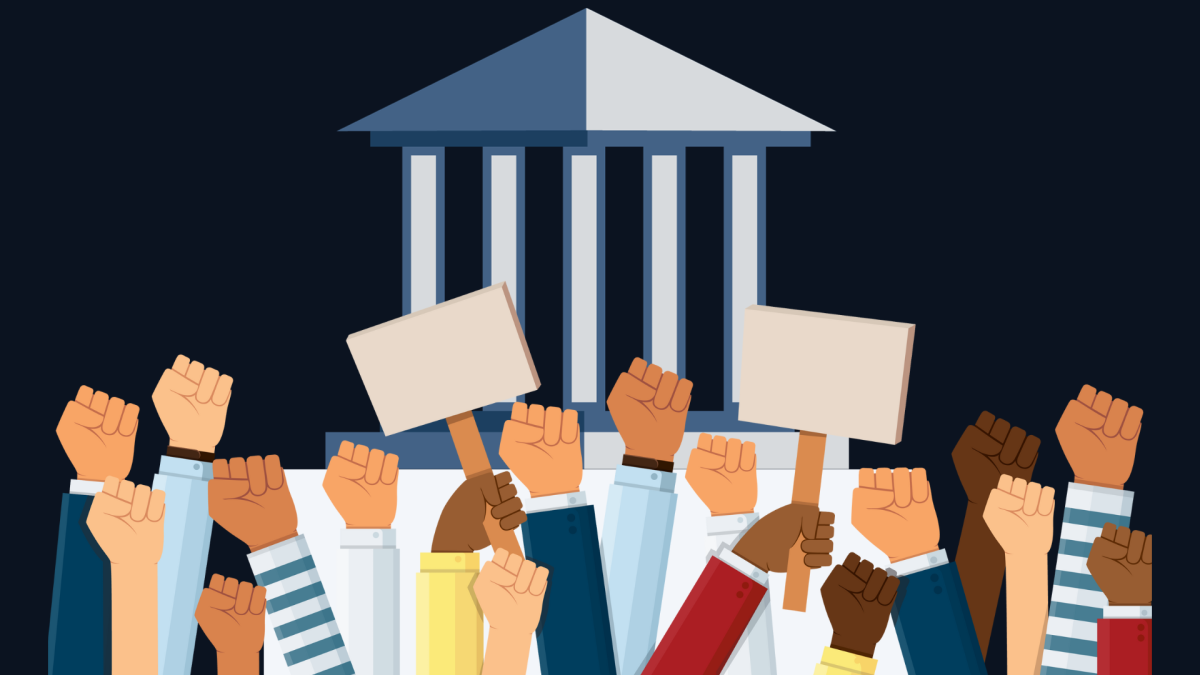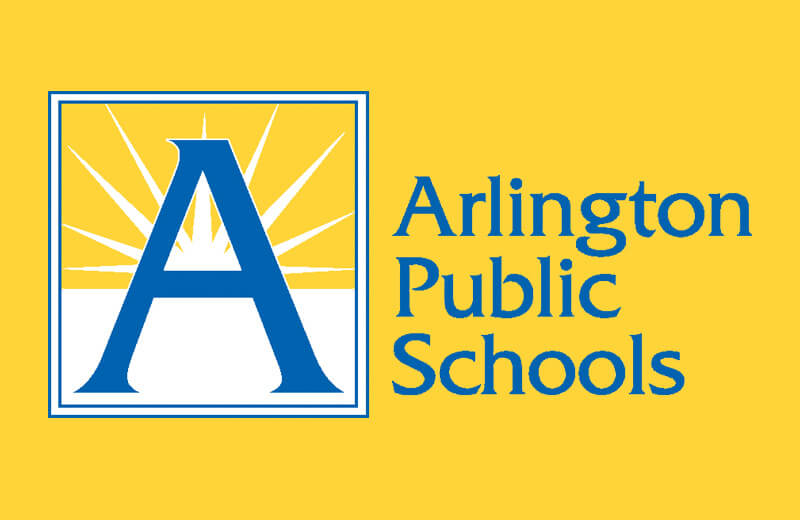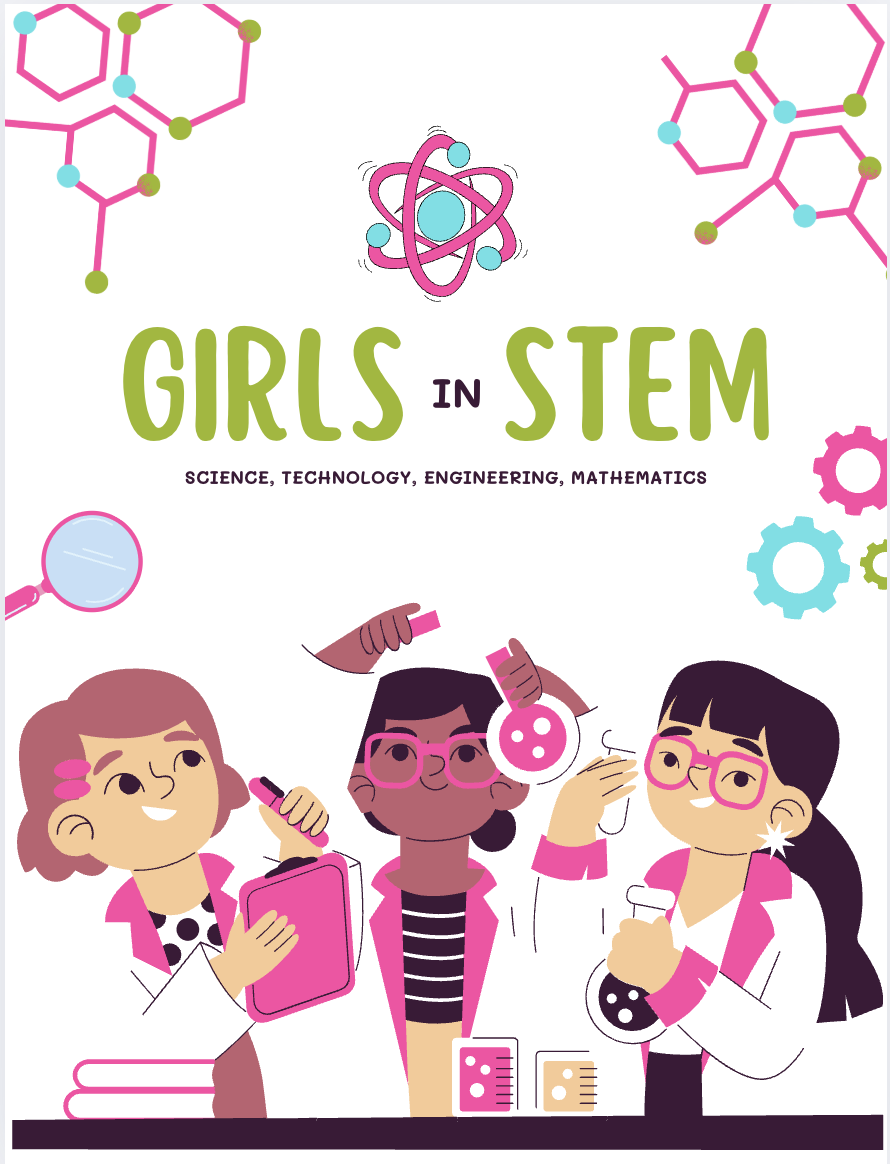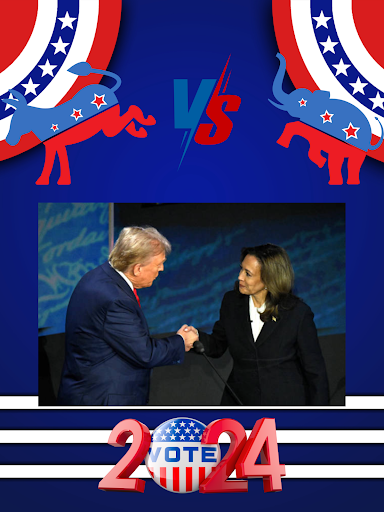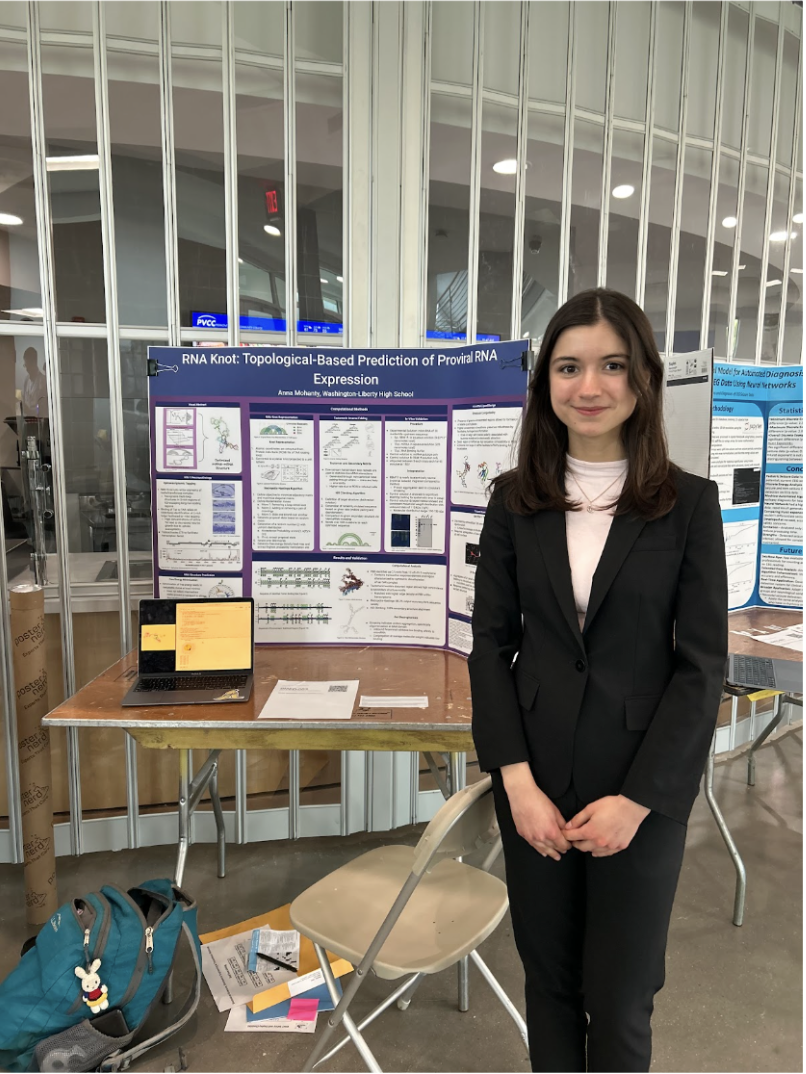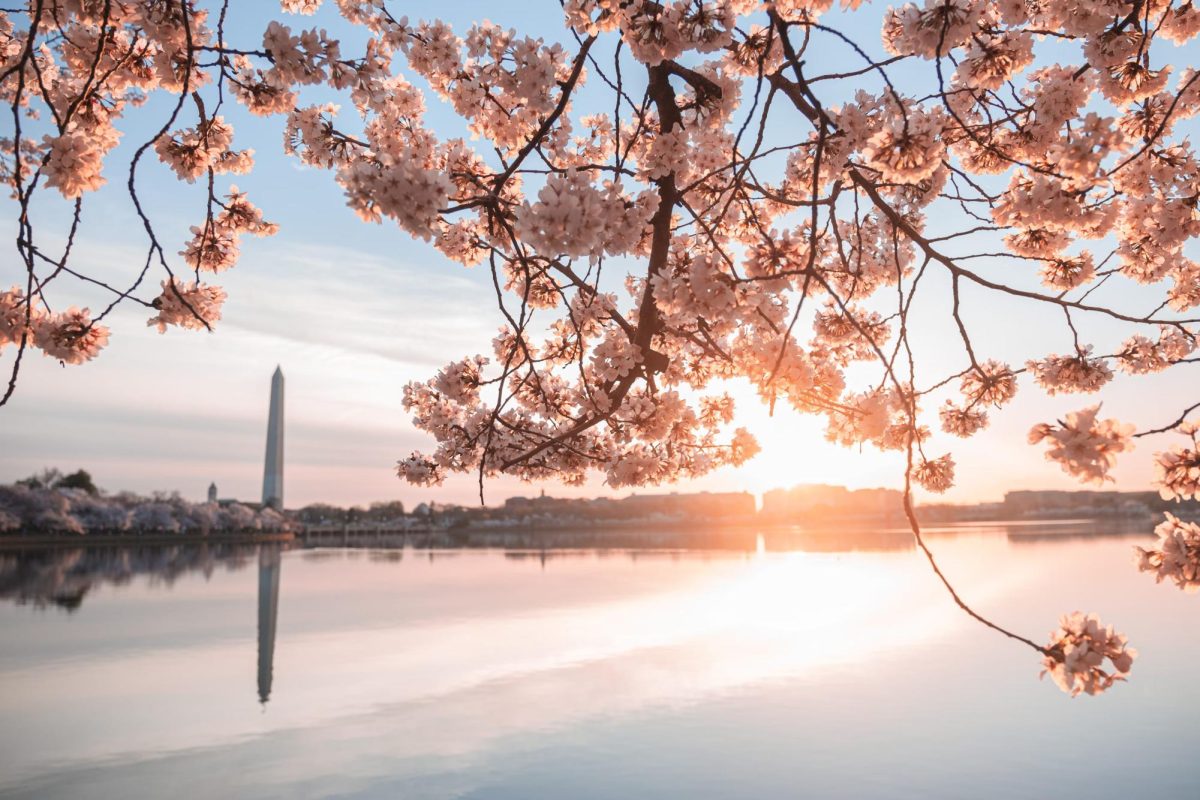Over the summer, the Supreme Court dealt a significant blow to affirmative action programs at colleges and universities across the United States. In a 6-3 decision in the case of Students for Fair Admissions v. Harvard, which also encompassed the University of North Carolina’s race-conscious admission program, the Supreme Court ruled that these initiatives were unlawful, contending that they violated the Equal Protection Clause of the 14th Amendment. This decision effectively stripped away a process that had long been a cornerstone of higher education, one that championed diversity and aimed to rectify the systemic inequities faced by marginalized communities in our nation.
Yet, within the 237-page opinion, Supreme Court justices, especially Clarence Thomas, disregard this idea and instead advocate strongly for race-blind admissions. He describes affirmative action programs practiced by colleges as “rudderless, race-based preferences designed to ensure a particular racial mix in their entering classes.” Furthermore, he boldly claims that these policies contradict our colorblind Constitution and the nation’s equality ideal.
However, I believe that Justice Thomas’s perspective needs to be studied more closely. His advocacy for a colorblind approach overlooks the painful historical reality faced by marginalized communities, particularly African Americans. The very “colorblind” Constitution he refers to was historically used to justify decades of oppression, even after the ratification of the 14th Amendment. Jim Crow laws and segregation were perpetuated, and African Americans were denied their rights and liberties under the guise of this “colorblind” Constitution. It was the same Constitution that was cited as legal justification in the infamous case of Plessy v. Ferguson, which enshrined the notion of “separate but equal.” I would argue that the legacy of slavery persisted long after its formal abolition in 1865, taking on different forms. Practices like redlining systematically denied mortgage loans and financial services to Black communities, contributing to wealth disparities and housing segregation. Voter suppression, with its literacy tests, poll taxes, and the dark specter of lynchings, continued to demarcate racial lines.
Though it may feel like these dark chapters are history, I think that it is essential to acknowledge that less than 60 years have passed since the end of segregation, marking the beginning of the United States as a multi-racial democracy. The consequences of past policies, designed to disenfranchise marginalized communities, still reverberate today. This is precisely why affirmative action became such a critical tool for correcting the profound injustices endured by these communities and leveling the playing field.
It is important to clarify that affirmative action was never about enforcing racial quotas, a practice that was declared unconstitutional and has not been in use since 1978. This decision came from the case of University of California v. Bakke, where the Supreme Court ruled against the medical school at the University of California, Davis, which had reserved 16 out of 100 seats for minorities entering classes. The Court determined that such a policy violated the 14thAmendment’s equal protection clause and the Civil Rights Act of 1964.
Likewise, affirmative action was not merely a blanket boost for minority applicants, a notion dispelled by the Supreme Court’s decision in Gratz v. Bollinger in 2003, a case involving the University of Michigan’s undergraduate program. In this case, the University’s admissions process awarded 20 points on a 150-point grade scale to students from underrepresented communities, such as Latinos, African Americans, and Native Americans, as part of a holistic evaluation.
However, despite these legal shifts in the understanding of affirmative action, the courts have consistently recognized the importance of student diversity in higher education. Both the Bakke and Gratz cases acknowledged that promoting diversity on college campuses was a compelling reason to support affirmative action, as long as it was applied on a case-by-case basis, avoiding the treatment of entire racial groups as monolithic entities.
The current conservative-leaning Supreme Court, however, has dramatically altered this precedent, challenging the very foundations of affirmative action. It now contends that student diversity is not a significant enough rationale for the continued existence of affirmative action, jeopardizing the hard-won progress achieved in our society’s quest for equality and inclusivity.
In fact, we need only look at the consequences of banning affirmative action in various states to understand the detrimental effects of these decisions. Even before affirmative action was declared unconstitutional, several states had already banned its use in their education systems. This includes California, Florida, Michigan, Nebraska, Arizona, New Hampshire, Oklahoma, Idaho and Washington.
For instance, California banned affirmative action in 1998, and immediately, the results were stark. A 2020 study by Bleemer revealed that enrollment among Black and Latino students at the University of California Los Angeles (UCLA) and University of California Berkeley dropped by a staggering 40%. This abrupt decline forced Black and Latino students who might have otherwise attended these prestigious institutions to enroll at less competitive campuses, exacerbating the opportunity gap and perpetuating wealth disparities.
The negative impact of such bans is not unique to California. Since the enactment of Proposition 2 in 2006, which prohibited affirmative action, Michigan has witnessed a decline in the enrollment of Black and Native American students by 44% and 90%, respectively.
These harrowing statistics do not indicate a lack of commitment to diversity by universities and colleges in these states. In fact, according to a brief submitted by the University of California to the Supreme Court, advocating for affirmative action in a case that was ultimately overruled, they invested half a billion dollars in implementing outreach programs and other policies to create a more diverse campus.
Among these policies, the “top percent policies” have gained prominence. These policies ensure admission for students who rank at the top of their high school classes. In California, for instance, the top 4 percent of students, residing in the state, received guaranteed admission to all campuses in the University of California system, with the exception of University of California Berkeley and UCLA. Additionally, the University introduced a comprehensive review process to evaluate applicants holistically, taking into account not only academic achievements but also special skills, unique accomplishments, special circumstances, and the location of their high school. One of the most significant recent developments in this movement was the elimination of standardized test scores from the admission process. Critics have long argued that these tests disproportionately disadvantaged students from economically disadvantaged backgrounds, as well as Black and Hispanic students.
These policies are no longer confined to a handful of states, and are being seen across the country in the wake of the Supreme Court’s ruling against affirmative action. Some universities have gone even further. For instance, Virginia Tech took the bold step of eliminating both the early decision process and legacy admissions, two practices that have historically favored white, privileged applicants. These policies were rooted in an era when marginalized communities were systematically denied access to institutions of higher learning, as the laws before 1965 perpetuated educational inequalities.
Remarkably, the controversial practice of legacy admissions is now facing legal challenges. Just after the Supreme Court’s ruling that dealt a blow to affirmative action, three minority advocacy groups sued Harvard University’s governing body. They accused the institution of discrimination by granting preferential treatment to children of wealthy donors and alumni, highlighting the deep-seated inequities that continue to persist.
Beyond eliminating legacy admissions, colleges and universities are now shifting their focus towards a more comprehensive consideration of how race and community have shaped applicants. Chief Justice John Roberts, in his ruling against affirmative action, made it clear that universities could still consider an applicant’s narrative regarding how race has influenced their life, whether through experiences of discrimination, inspiration or in other ways.
This transformation has given rise to a wave of additional supplemental essays that probe into topics of race and community. Institutions from Columbia to Emory have introduced these essay prompts as a means to provide applicants with a platform to share their unique perspectives and experiences. One remarkable example of this evolution can be found at Sarah Lawrence College, which, in response to the Supreme Court decision, introduced an essay prompt directly quoting Justice Roberts’s statement. It challenges applicants to reflect on how the decision will influence their college experience, acknowledging the profound impact that such rulings have on the academic world.
Yet, the core question remains: Why have universities been so dedicated to diversity? Why have esteemed institutions like the University of North Carolina, Harvard, and the University of Chicago been unwavering in their defense of affirmative action? The answer lies in the deep understanding that diversity is more than a buzzword; it is the lifeblood of progress and innovation.
Diversity has the remarkable power to bring together people from different backgrounds, perspectives and experiences. In the hallowed halls of educational institutions and bustling workplaces, this diversity ignites the sparks of creativity and innovation. When individuals with varied life experiences collaborate, they bring a multitude of ideas and solutions to the table. This synergy, this mingling of diverse thoughts and insights, propels society forward. It is these circumstances in which breakthroughs in science, technology, business, and the arts are born—breakthroughs that would be difficult, if not impossible, to achieve in homogenous environments.
Moreover, diversity enhances the learning experience. Exposure to different viewpoints and backgrounds broadens students’ horizons and challenges their preconceived notions. It equips them with the tools to navigate the complexities of an increasingly globalized world, where understanding and appreciating diverse perspectives are essential.
I believe affirmative action was indispensable in creating this diversity. It sought to establish a meritocracy where all individuals could compete on a level playing field, regardless of their background. By ensuring that underrepresented groups had access to the same opportunities as their more privileged counterparts, affirmative action paved the way for a more just society. In this vision, success was determined by an individual’s effort and ability rather than by the circumstances of their birth.
Though affirmative action may have faced legal challenges and been banned in certain jurisdictions, the fight for a true meritocracy continues. The commitment to fostering diversity and equal opportunity remains unwavering. It is a battle we must continue to fight, for it represents the enduring spirit of justice, inclusivity, and a brighter future for all.


